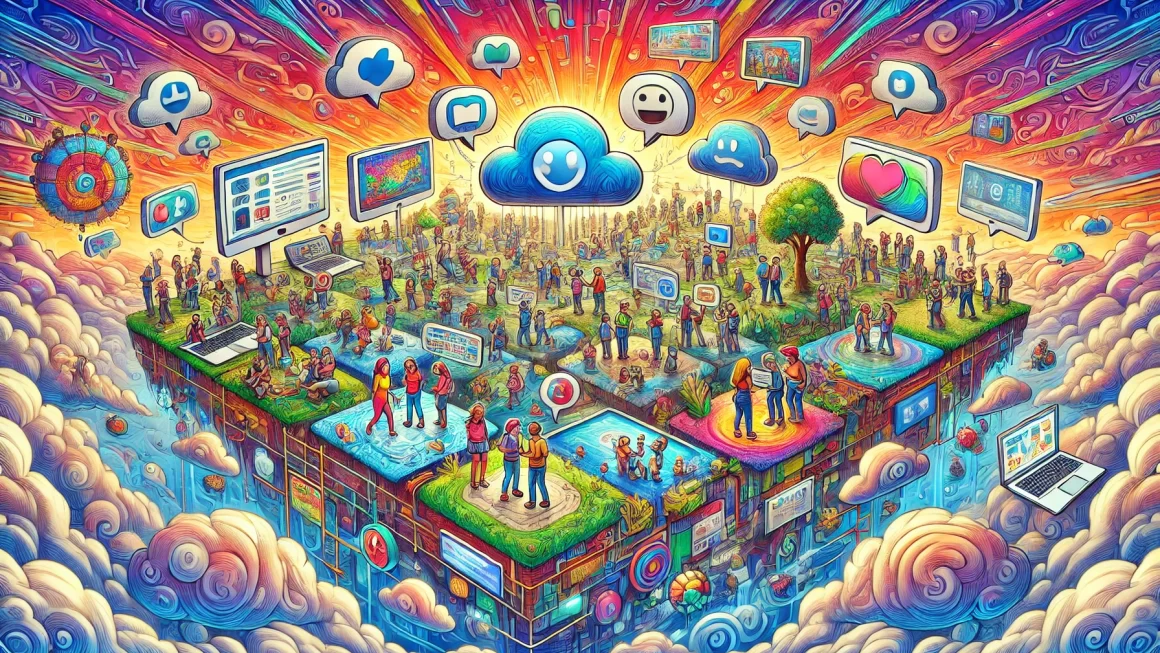In our previous article, Recovering from Psychological Abuse: Tools and Techniques, we delved into the crucial steps for healing and regaining one’s strength after facing psychological abuse. Today, we extend this conversation into the digital sphere, exploring the realm of psychological safety within online communities—a space where the line between safety and harm is often as thin as a pixel.
A Historical Glimpse
Historically, every medium of communication, from letters to telephones, has been misused in some form. Online platforms, with their anonymity and scale, exacerbate these issues. In the late 1990s and early 2000s, as internet forums and chat rooms flourished, so did instances of digital harassment. The anonymity offered by these platforms often shields aggressors, emboldening them to act without fear of repercussion.
The Hidden Dangers Online
The internet, with its vast expanse of information and connectivity, has transformed into a bustling hub of communities. These digital gatherings provide solace, entertainment, and knowledge. However, lurking beneath this surface of camaraderie and shared interests are potential threats to our psychological safety. Cyberbullying, trolling, and exposure to unfiltered harmful content can lead to significant emotional and mental health issues. Such environments can subtly perpetuate anxiety, depression, and even lead to physical health problems due to stress and sleep disturbances.
Modern Issues and Mental Health Correlations
In contemporary online settings, the problems have only deepened with the proliferation of social media. Platforms that are designed to reward engagement often inadvertently promote aggressive behaviors that capture attention and generate reactions. This not only impacts vulnerable adults but also significantly affects teenagers and children, whose development can be profoundly influenced by online interactions.
Research has shown a correlation between prolonged exposure to toxic online environments and the development of mental health issues. For instance, a study from the University of Pennsylvania found that increased time on social media platforms correlates with higher rates of reported depression and loneliness. These environments can also trigger or exacerbate conditions such as PTSD, especially in individuals who have previously experienced trauma.
Building Safer Online Spaces
So, how do we combat these unseen hazards? Establishing clear guidelines and norms for behavior within online communities is a start. Platforms need to enforce these rules consistently and transparently to foster a sense of safety and respect. Additionally, offering users tools to customize their experience and manage their interactions can empower individuals to protect their mental space.
Educational campaigns about the impacts of digital behavior can also play a crucial role. By raising awareness of the consequences of their actions, individuals may think twice before engaging in harmful behaviors. Community managers and moderators can organize workshops and discussions that promote empathy and understanding among members.
A Call to Action
As we continue to navigate these digital landscapes, let’s remember the importance of creating spaces that do not just connect us but also protect and uplift us. By being mindful of our digital footprints and the environments we cultivate, we can contribute to a healthier, safer online world.
Stay tuned for our next article in this series, where we will explore “Psychological Tactics Used in Advertising and Sales,” unraveling the subtle ways in which our buying behaviors are influenced and manipulated. This will be a critical read for anyone looking to understand the covert methods used in the marketplace to sway our decisions and perceptions.




